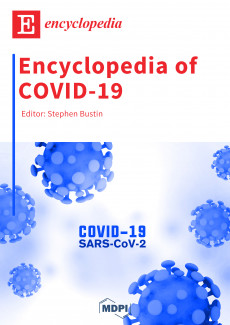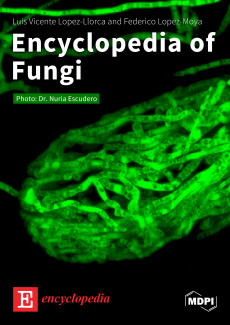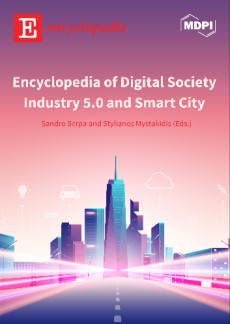Topic Review
- 1.7K
- 06 Dec 2022
Topic Review
- 1.6K
- 27 Jul 2022
Topic Review
- 1.6K
- 07 Jul 2021
Topic Review
- 1.6K
- 22 Dec 2022
Topic Review
Peer Reviewed
- 1.5K
- 13 Apr 2022
Topic Review
- 1.5K
- 03 Nov 2022
Topic Review
- 1.5K
- 02 Feb 2021
Topic Review
- 1.5K
- 24 Nov 2020
Topic Review
- 1.5K
- 29 Oct 2020
Topic Review
- 1.4K
- 15 Nov 2022
Featured Entry Collections
Featured Books
- Encyclopedia of Social Sciences
- Chief Editor:
- Encyclopedia of COVID-19
- Chief Editor:
- Encyclopedia of Fungi
- Chief Editor:
 Encyclopedia
Encyclopedia



